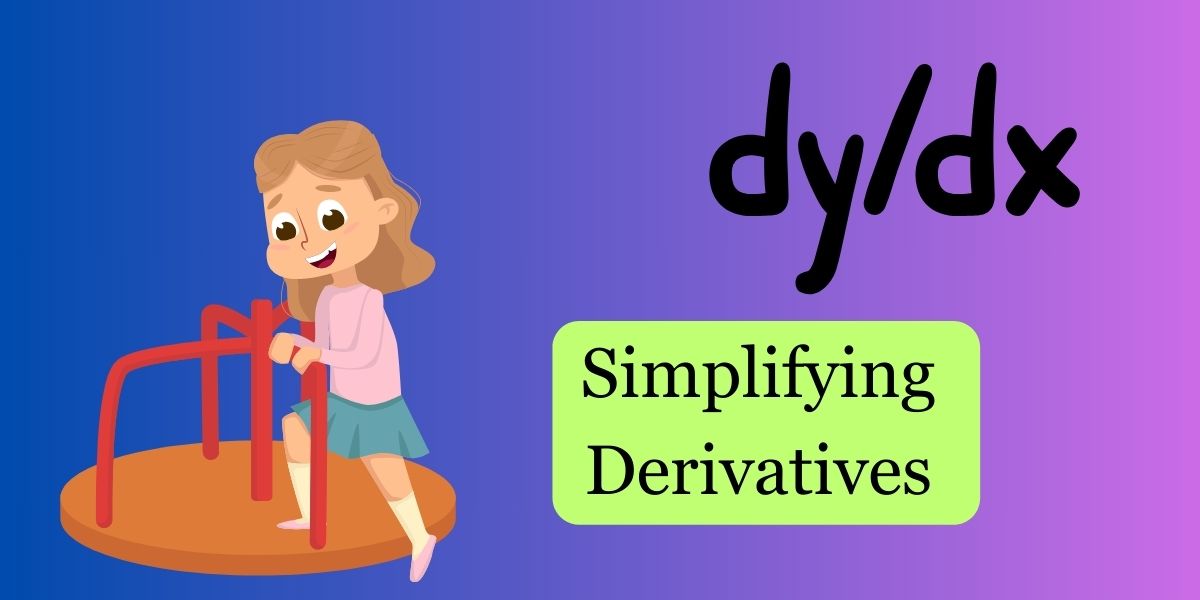Imagine you are on a playground, and you’re riding a merry-go-round. As the merry-go-round spins, you feel a force pulling you towards the outer edge. The faster it spins, the stronger you feel that force. Now, let’s break down the analogy:
- Position (Your Location):
- Your position on the merry-go-round represents where you are at a specific moment. For example, are you near the center or close to the edge?
- Speed (How Fast You’re Moving):
- The speed at which the merry-go-round is spinning represents how fast things are changing. If it’s spinning really fast, things change quickly; if it’s slow, things change slowly.
- Centripetal Force (The Force Pulling You Outward):
- The force pulling you towards the outer edge of the merry-go-round is like a derivative. It tells you how much you’re being “pulled” or “pushed” in a certain direction.
Now, let’s relate this to derivatives:
- Position on the Merry-Go-Round = x (where you are)
- Speed of the Merry-Go-Round = dx/dt (how fast you’re moving, the derivative of position with respect to time)
- Centripetal Force = d²x/dt² (how much the force is changing, the derivative of speed with respect to time, or the second derivative of position with respect to time)
In simpler terms, derivatives in this analogy help us understand how things are changing. If you were a superhero trying to stay in the center of the merry-go-round, you’d need to know how fast it’s spinning (first derivative) and whether it’s speeding up or slowing down (second derivative) to stay balanced.
So, just like you feel a force pulling you outward when the merry-go-round spins faster, derivatives help us understand the forces and changes in different situations. They’re like our mathematical tools to make sense of how things move and behave.


No responses yet